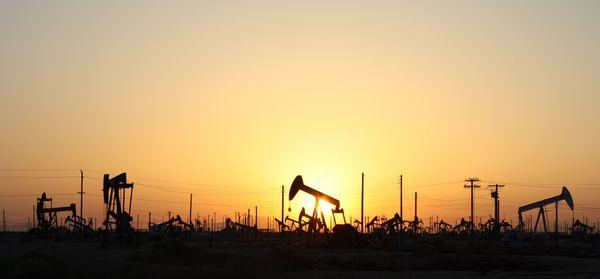**What Ancient Secrets Fuel the Power of Crude Oil?**
(The Energy In Crude Oil Derives From What Original Source?)
Crude oil lights up cities, powers cars, and fuels factories. But where does its energy come from? The answer starts with sunlight—but not the sunlight you see today. This story begins millions of years ago, long before humans walked the Earth.
Imagine ancient oceans teeming with tiny plants and animals. Algae floated on the water. Plankton drifted with the currents. These organisms were small, but they had a superpower: photosynthesis. They absorbed sunlight, using its energy to grow. Over time, they stored that energy in their bodies as chemical bonds. This process is the same one that lets a tree grow tall or a flower bloom. Sunlight became life, and life became stored energy.
When these organisms died, they sank to the ocean floor. Layers of sand, mud, and rock buried them. The weight of the Earth pressed down. Heat from deep underground cooked the remains. This slow, intense pressure worked like a giant kitchen, transforming soft organic matter into something new. Over millions of years, the recipe was complete. What once were living cells became thick, sticky pools of hydrocarbons—the main ingredient in crude oil.
The energy in oil is basically borrowed sunlight. Plants and algae captured it long ago. Time and geology locked it away. When we burn gasoline or diesel, we’re releasing energy that first came from the sun. It’s like uncorking a bottle filled with ancient sunshine.
But why oil? Why not coal or wood? The difference lies in the source. Coal comes mostly from ancient forests—swampy plants that got buried and compressed. Oil comes from marine life. Tiny ocean organisms had bodies rich in fats and oils. These substances break down differently under heat and pressure. Instead of turning into coal, they became liquid gold.
Another key factor is time. Oil isn’t made overnight. It needs millions of years of quiet, underground cooking. Dinosaurs were already extinct when much of today’s oil began forming. Humans arrived much later. This timescale makes oil a finite resource. We’re using it faster than Earth can remake it.
Fossil fuels get a bad reputation today, and for good reasons. Burning oil releases carbon dioxide, warming the planet. But the energy itself is a marvel of natural recycling. Ancient sunlight, trapped by tiny organisms, powers our modern world. Every drop of gasoline is a time capsule of solar energy, saved up for an unimaginably distant future—which, for us, is now.
The next time you fill your car’s tank, think about this. You’re pouring liquid history into your engine. Those hydrocarbons once floated in warm Jurassic seas. They were part of a world without roads, engines, or smartphones. Now they propel us forward.
(The Energy In Crude Oil Derives From What Original Source?)
Oil’s energy is old—older than pyramids, older than the first human campfire. It’s a reminder that nature’s processes work on grand scales. They turn sunlight into life, life into sludge, and sludge into power. The challenge today isn’t just using that energy. It’s finding new ways to harness sunlight directly, without waiting millions of years.
Inquiry us
if you want to want to know more, please feel free to contact us. (nanotrun@yahoo.com)




